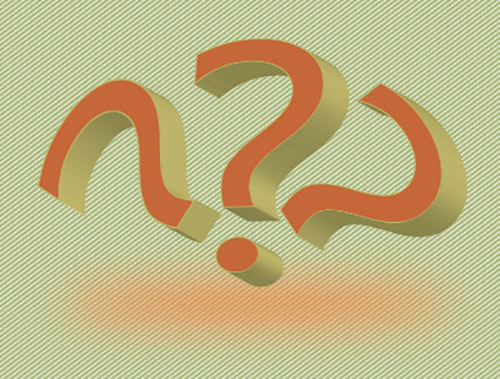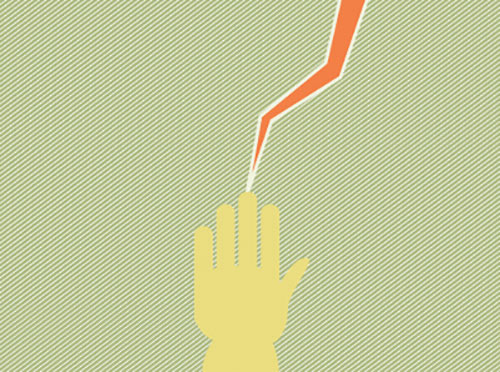Creativity works in mysterious ways. Creative thinking is a defining characteristic for some people, but it may change based upon different situations. Inspiration and ideas seem to come out of nowhere and then fail to show up when we most need them. Creativity is far more complex than the right-left brain distinction (left brain = rational and analytical, right brain = creative and emotional). In fact, creativity is thought to involve a number of cognitive processes and emotions, but it still puzzles scientists to this day.
Research suggests that creativity involves the culmination of a multitude of traits, behaviors and social influences in a single person. “It’s actually hard for creative people to know themselves because the creative self is more complex than the non-creative self,” says Scott Barry Kaufman, a psychologist at New York University who has spent years researching creativity. “The things that stand out the most are the paradoxes of the creative self … Imaginative people have messier minds.”
While there is no single typical creative type, there are some characteristics and behaviors of highly creative people that are easy to spot:
They daydream

According to Kaufman and psychologist Rebecca L. McMillan, who co-authored a paper titled “Ode To Positive Constructive Daydreaming,” daydreaming can aid in the process of “creative incubation.” Many creatives know from experience that the best ideas come seemingly out of nowhere when our minds are elsewhere.
They work hours that work for them

Many great artists have said their best work comes either early in the morning or late at night. No matter what time it is, creative people will often figure out what time it is that their minds start firing up and plan their days accordingly.
They look for new experiences

Creatives love to try new things, be adventurous and seek out new sensations and states of mind. This openness is a significant predictor of creative output.
“Openness to experience is consistently the strongest predictor of creative achievement,” says Kaufman. “This consists of lots of different facets, but they’re all related to each other: Intellectual curiosity, thrill seeking, openness to your emotions, openness to fantasy. The thing that brings them all together is a drive for cognitive and behavioral exploration of the world, your inner world and your outer world.”
They ask the big questions

Creatives are notoriously curious; they observe everything around them, wanting to know why and how things are the way they are, maintaining a sense of curiosity about life.
They take risks

Taking risks come with the territory of doing creative work. Many creatives thrive off of taking risks in various aspects of their lives, personally and professionally. Steven Kotler, a contributor for Forbes, wrote: “Creativity is the act of making something from nothing. It requires making public those bets first placed by imagination. This is not a job for the timid.”
They get out of their heads

Kaufman posits that daydreaming helps creative people get out of their own limited perspective and explore other ways of thinking.
“Daydreaming has evolved to allow us to let go of the present,” says Kaufman. “The same brain network associated with daydreaming is the brain network associated with theory of mind — I like calling it the ‘imagination brain network’ — it allows you to imagine your future self, but it also allows you to imagine what someone else is thinking.”
They connect the dots

Creatives seem to have the uncanny ability to make connections where others don’t. Many artists say that creativity is simply the ability to connect the dots that others might never think to.










